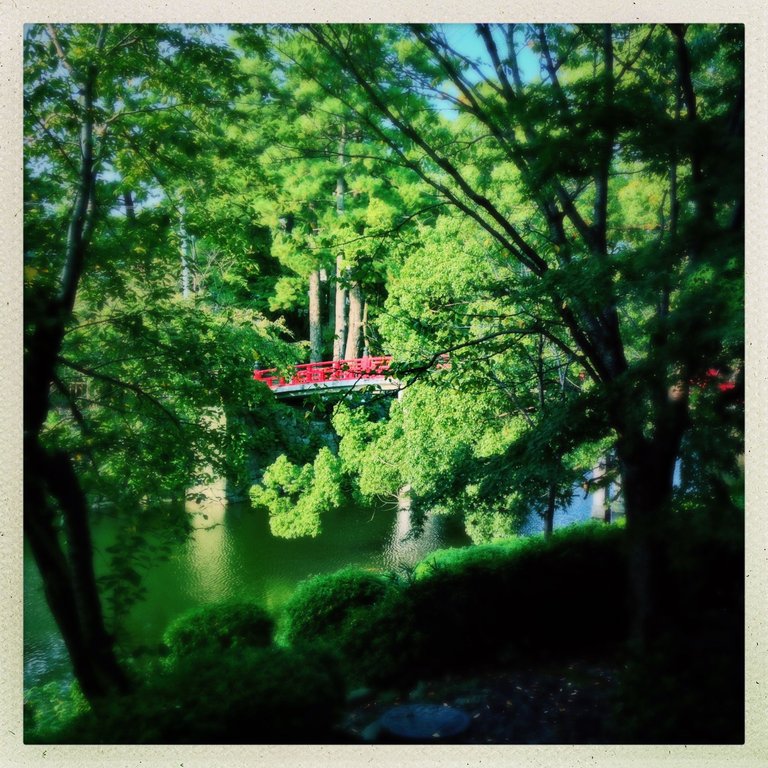
Yesterday I posted about September events in Japan. In that post I mentioned about the rabbit on the moon. Let's talk a bit about that today.
The myth goes something like this:
One day, the moon god decided to visit Earth. He appeared as a begger and started exploring a forest. He came across three animals: a fox, a monkey, and a rabbit. As he was hungry, he asked all of them if they had any food he could eat.
The monkey climbed a tree and brought a persimmon to the begger. The fox went to a stream and caught a fish for the begger. But the rabbit... the rabbit couldn't think of anything. He had nothing to offer except grass. So he asked the begger to build a fire and then immediately jumped into the fire and offered himself.
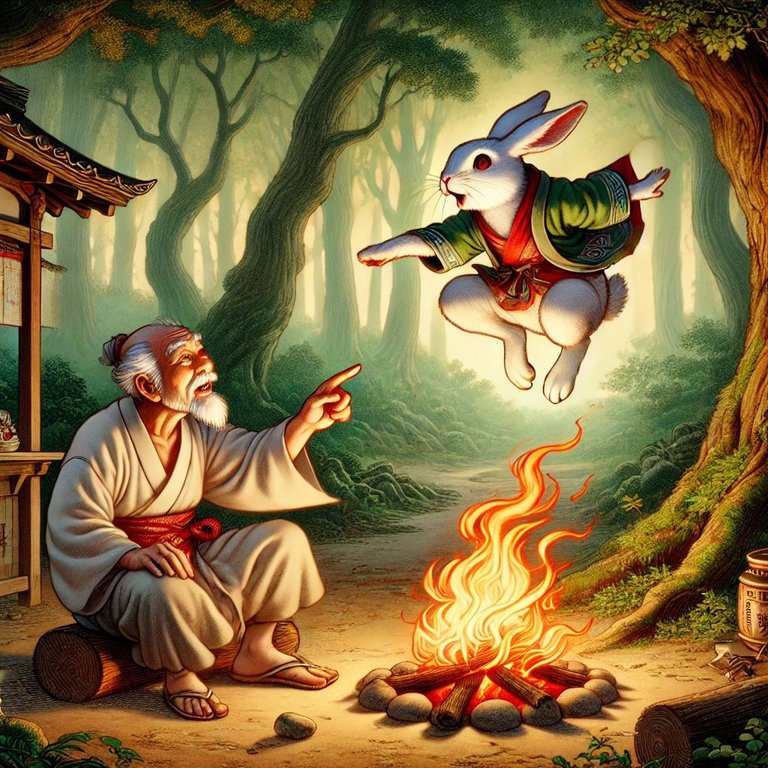
The begger quickly turned back into the moon god and pulled the rabbit from the fire. Impressed with the rabbit's generosity, the moon god declared him the most kind-hearted and generous of all the animals and offered to take the rabbit to the moon to live with him.
The rabbit agreed and that is how the rabbit came to the moon.
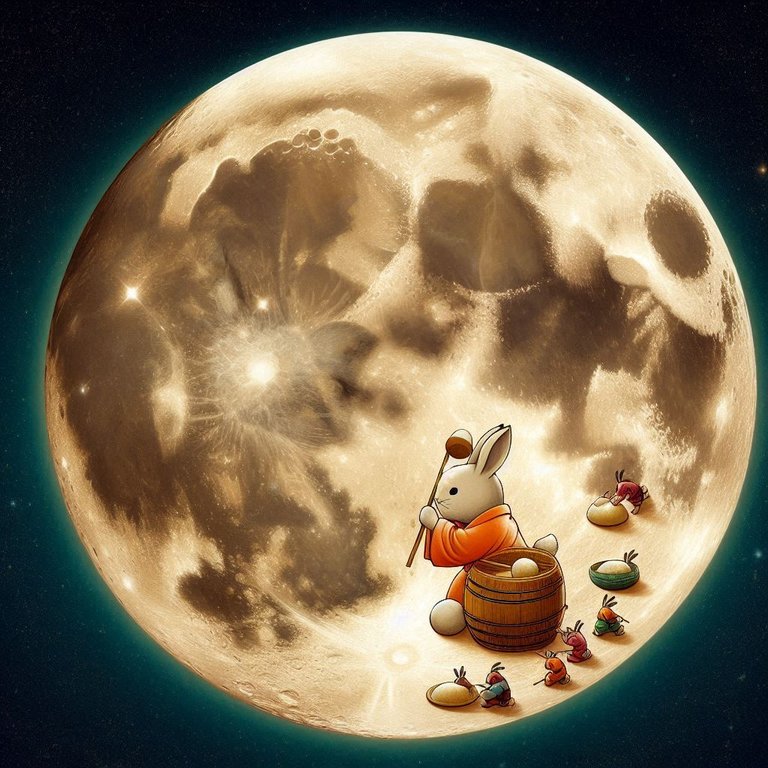
This is a pretty old story. It was first published in Japan late in the Heian period (794–1185) in the Konjaku Monogatari. It came from China, and to China it came from India. It originated as tale 316 of the classic Jataka tales, which are Buddhist stories about previous lives of the Buddha. The moon god in that story was Taishakuten (帝釈天) as the Japanese call him. In India, the Buddhists call him Śakra and the Hindus call him Indra. Although he is a god, he is like all Buddhist gods: long-lived, but mortal, and still subject to an eventual death and whatever rebirth his karma dictates. He lives atop Mount Shumisen, at the point around which the moon and sun are said to revolve.
Buddhist mythology isn't meant to be taken literally, by the way, so just view that as a fun tale and not as something real. It's with that tongue-in-cheekness that the story moved to China and eventually to Japan.
And elsewhere. Versions of the same story show up all throughout Asia and even into the Americas as an old story among some First Nation and Native American tribes.
In Japan because of this tale, the rabit is seen as a symbol of good luck. While the Japanese don't cut off rabbits' feet and wear them on keychains for good luck as was popular to do in the US not so long ago, they do have various rabbit charms.
For example, at Okazaki Shrine in Kyoto, they have rabbits all over. The shrine is known for the cute rabbit statues.
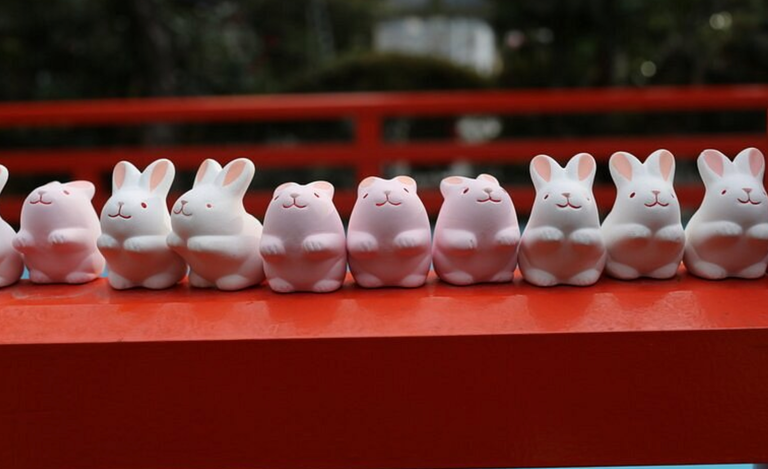
And finding rabbits on omamori (a kind of charm almost everyone carries) is not uncommon.
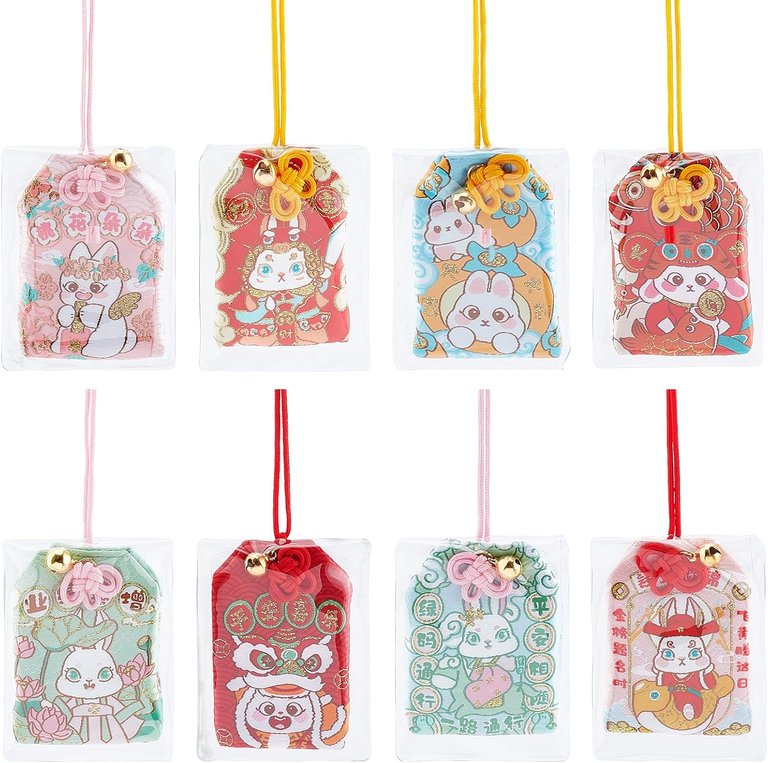
There are at least a few traditional origami models for rabbits.
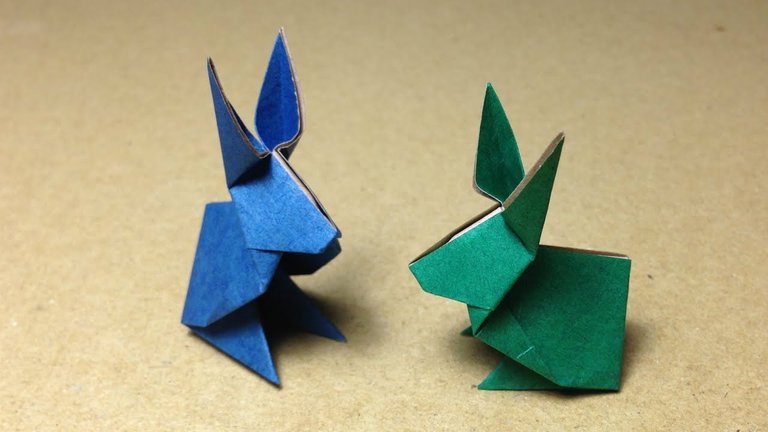
Last year was the year of the rabbit, by the way, so if you are the precious metal collector, as my buddies at #silvergoldstackers know, you can still find many coins with rabbits on them.
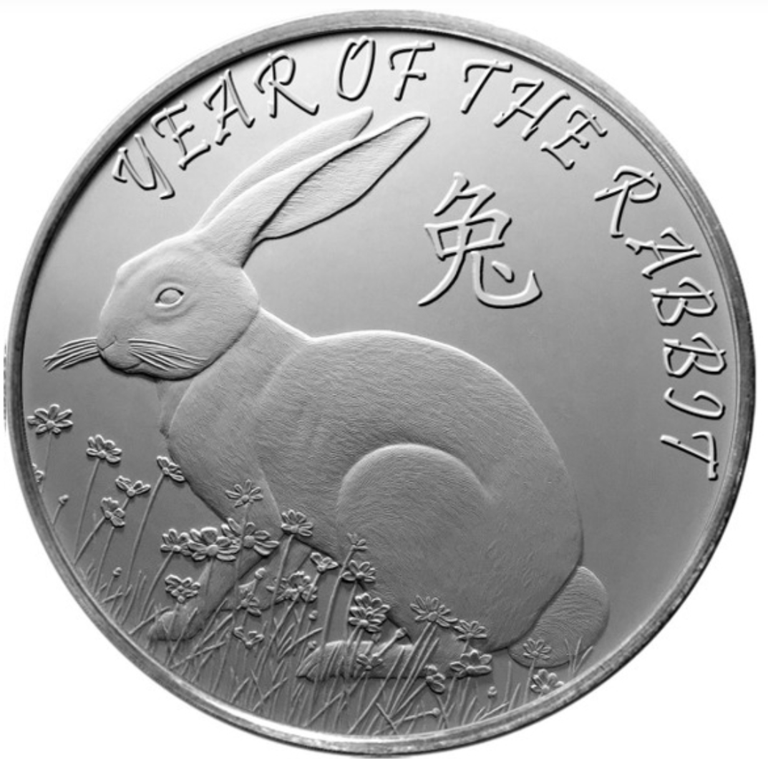
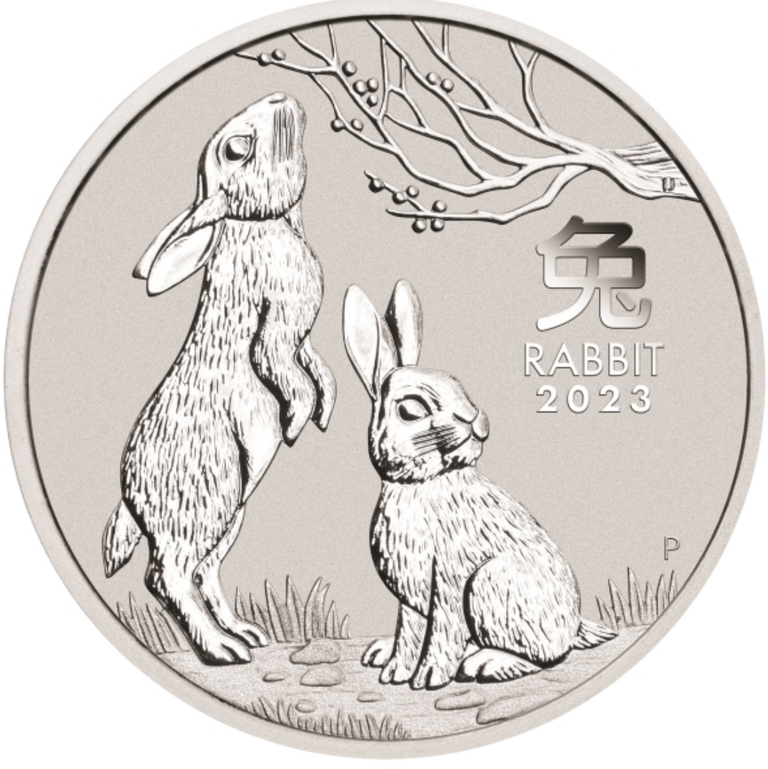
I haven't seen any with rabbits on the moon yet making mochi, but that would make a great coin!
Anyway, so there is how the rabbit got on the moon. Now how he came to be pounding mochi.... well, as I said yesterday—everyone likes mochi, so duh, why wouldn't he be making mochi? I mean c'mon.
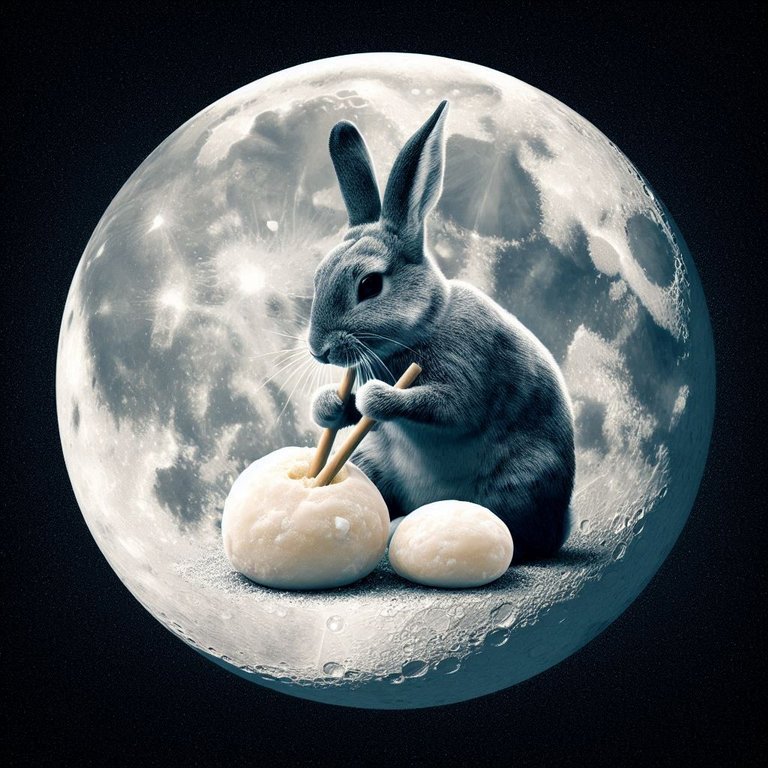
❦
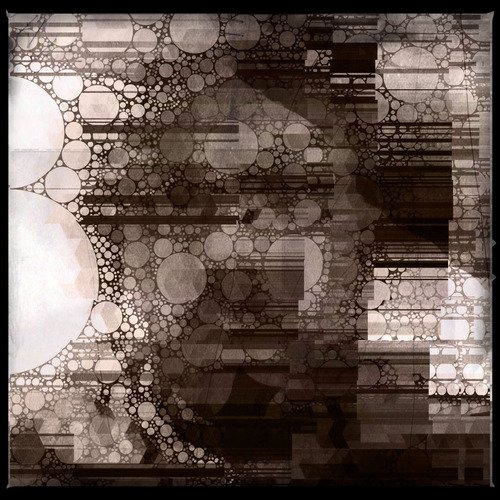 |
David LaSpina is an American photographer and translator lost in Japan, trying to capture the beauty of this country one photo at a time and searching for the perfect haiku. He blogs here and at laspina.org. Write him on Twitter or Mastodon. |
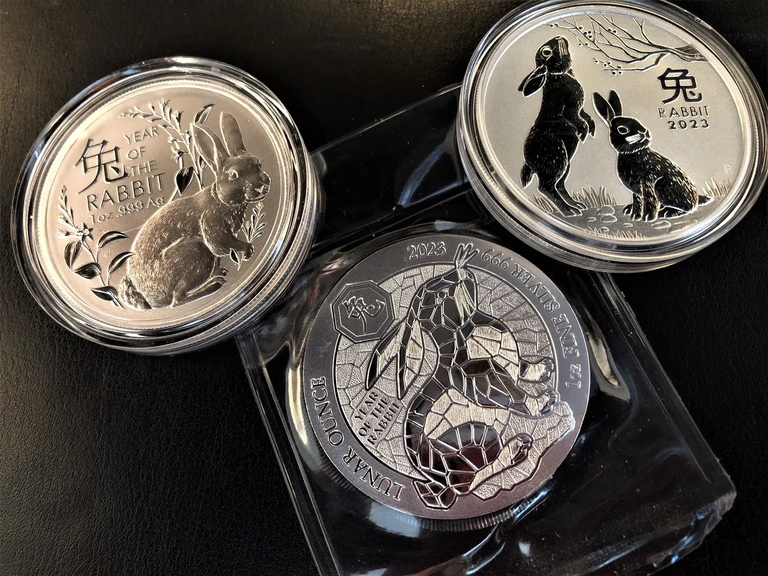

 )
)